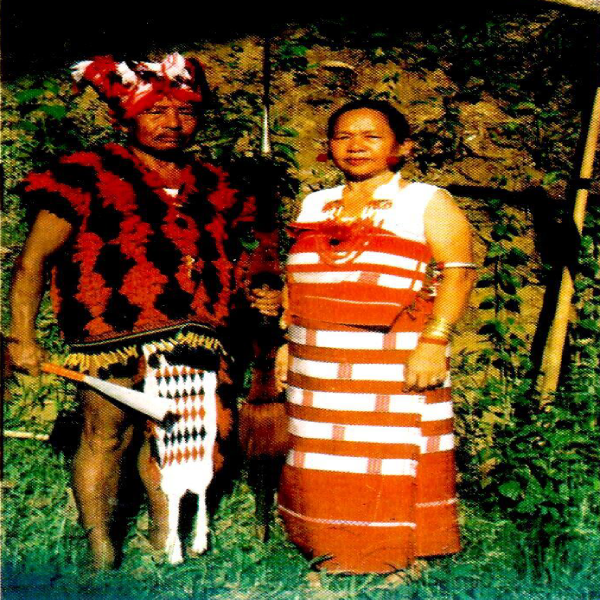tribal clothing and textiles
Rengma Naga Clothing & Weaving Traditions, assam
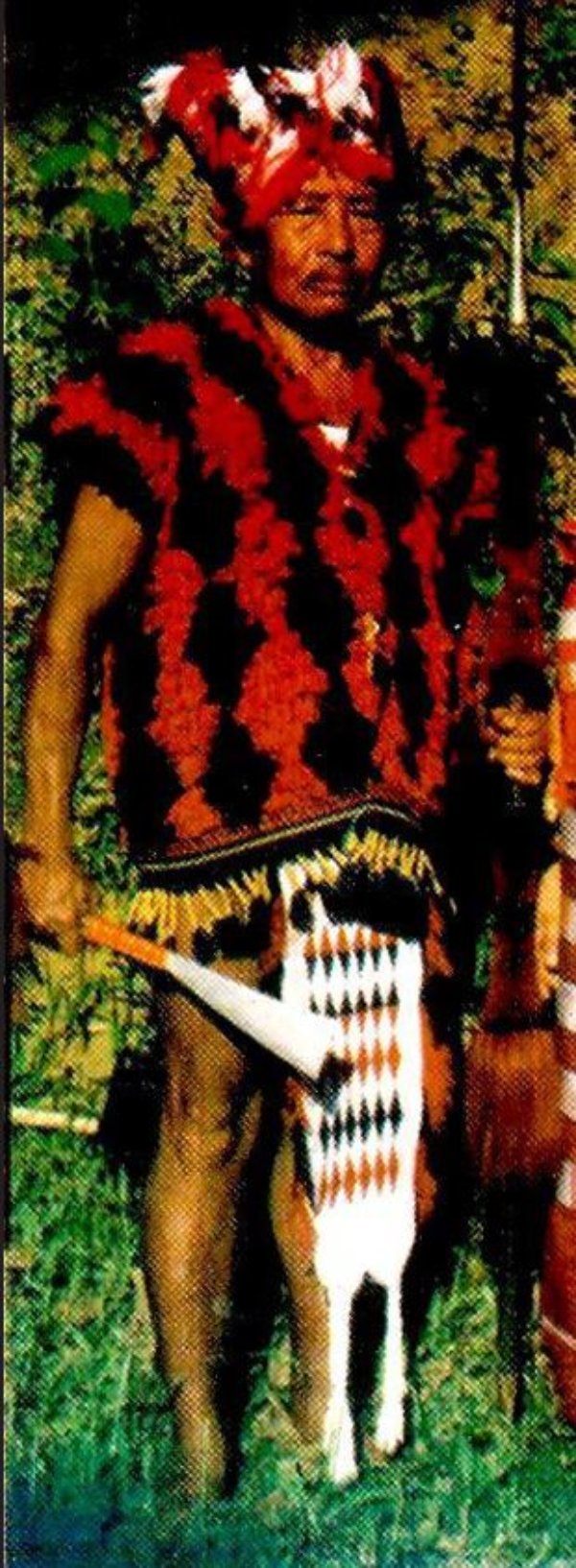
Men of Rengma have a traditional accessory in form of a loincloth known as Nzanyan and the other item is a headgear called Pihu. The headgear is decorated with feathers and is used mostly at ceremonies/festivals and dances. Men use a long scarf called Phehong to drape over their shoulders. Although modern clothing is prominent, it is still used during some of the cultural events since it emphasizes Rengma heritage and identity.
The Rengmas wear a simple skirt called 'Ginhu' along with a more elaborately designed skirt called 'Pherhe'; for draping over the upper part of the body, they have a woven and dyed scarf called 'Phehong.' The dress is prioritized by the hand, worked on intricately by the designers into different patterns and dyed with colors from plants found in the forest. Such garment is already worn daily by older women and mostly by younger generations, only wore during celebrations such as festivals and weddings.
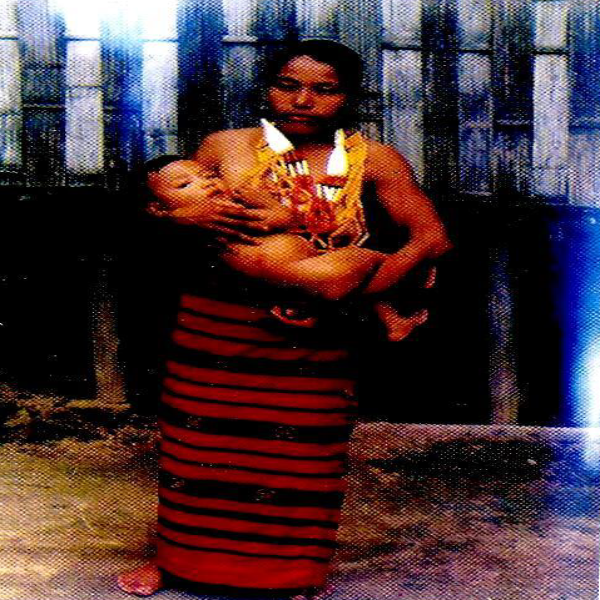
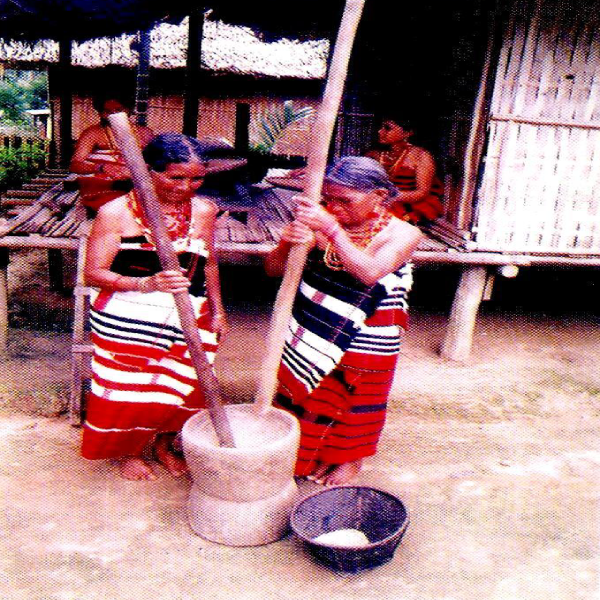
Weaving is the lifeblood of Rengma women from childhood. They are trained with cotton spinning, dyeing of threads, and weaving complicated patterns on back strap looms as early as their teenage years. Every design represents one of the clans or statuses in the society. Manifold hand woven textiles are believes to be passed down as heirloom articles symbolizing proud culture and craftsmanship. Machine made fabrics might be available now, but still there are efforts to preserve traditional weaving, encouraging cooperatives.
Natural materials derived from forest resources were used to dye Rengma textiles, with leaves, tree bark, and roots providing rich, lasting colors. Wild berries yield the dye called red; soot, black; and turmeric gives yellow. This environmental dyeing method passed down for ages also represents principles of sustainable living. A synthetic dye may be available on the market; however, natural methods are still preferred by artisans to keep the knowledge of traditional practices alive.
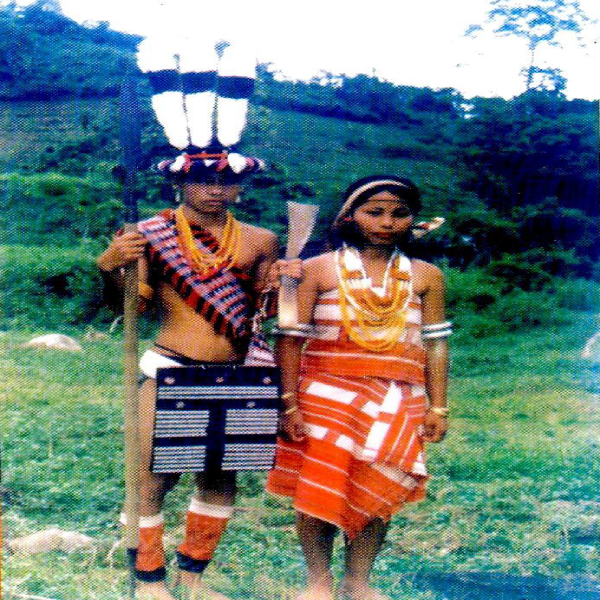
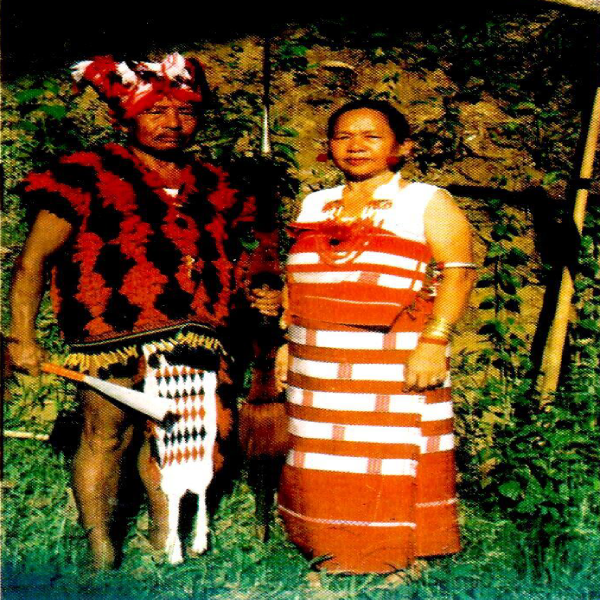
It seems that perhaps because of modernization the Rengma youth have become influenced by contemporary fashion, which in their case could be called a fusion with Western attire. Nevertheless, traditional clothing is raimented with great pride during festivals and cultural programs. There are dress competitions organized by schools and cultural organizations to excite the younger generation in embracing their heritage. With the revival of Rengma textiles through tourism and heritage initiatives, sustainability becomes an issue, and weavers adapt and be accepted with the utmost authenticity.
